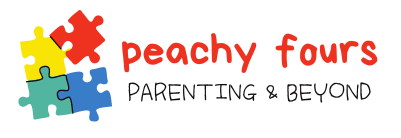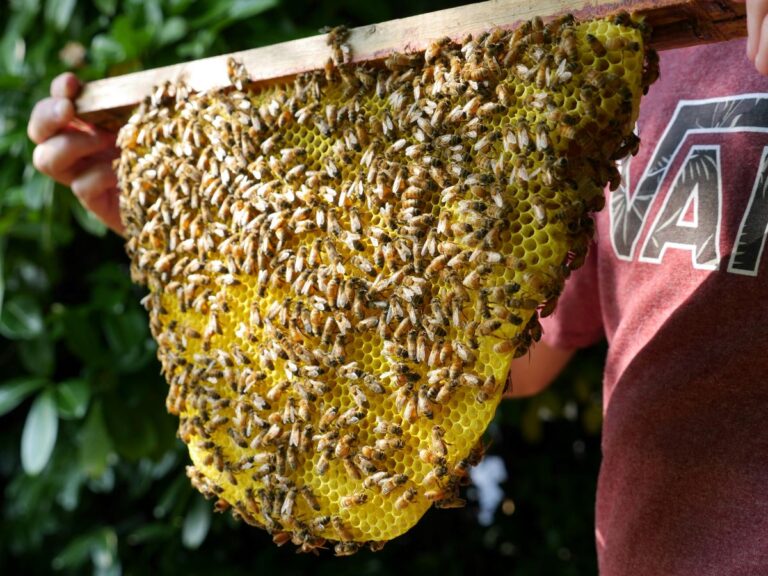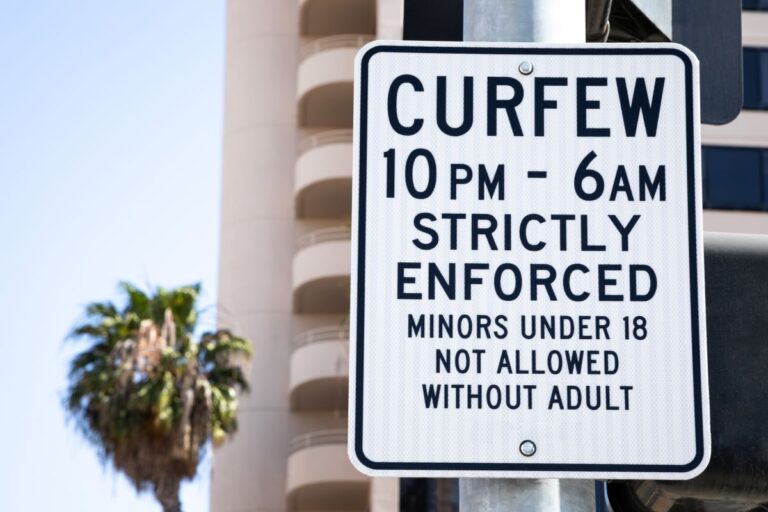The Truth About Intermittent Fasting: What Worked and What Failed
Curious about intermittent fasting and whether it’s the right fit for you? I gave it a go and here’s what I found out about what worked and what didn’t.
1. Weight Loss Success

Intermittent fasting helped me shed a few pounds. By restricting my eating window, I naturally consumed fewer calories.
2. Improved Energy Levels

During the fasting periods, I felt more alert and energized. This was a surprising benefit that made my mornings more productive.
3. Simplicity in Meal Planning

Having a set eating window simplified my meal planning. I no longer had to think about breakfast or multiple snacks throughout the day.
4. Hunger Pangs

The initial days were challenging due to intense hunger pangs. It took about a week for my body to adjust to the new eating schedule.
5. Better Digestion

I noticed an improvement in my digestion. Intermittent fasting gave my digestive system a break, leading to less bloating and discomfort.
6. Social Challenges

Fasting made social events tricky. Skipping meals at family gatherings or dinners with friends required explanation and sometimes felt awkward.
7. Mental Clarity

I experienced periods of mental clarity and focus, especially during the fasting window. This helped me stay sharp and concentrate better on tasks.
8. Difficulty with Intense Workouts

Intense workouts were harder to manage without pre-workout meals. My performance suffered during fasting periods, and I had to adjust my exercise routine.
9. Easier Meal Prep

Preparing fewer meals saved me time. I appreciated the simplicity and efficiency of fewer daily meals.
10. Risk of Overeating

There was a risk of overeating during the eating window. I sometimes found myself bingeing on large meals, counteracting the calorie deficit I aimed for.
11. Better Hydration

I drank more water to curb hunger, which improved my overall hydration. Staying hydrated also helped with energy levels and focus.
12. Sleep Disruptions

Fasting occasionally disrupted my sleep, especially if I ate too close to bedtime. I had to adjust my eating schedule to ensure better sleep quality.
13. Enhanced Discipline

Intermittent fasting required discipline and self-control. It helped build a routine and a sense of accomplishment when I adhered to my eating window.
14. Nutrient Focus

I became more conscious of nutrient intake. Ensuring my meals were balanced and nutritious during the eating window was crucial for overall health.
15. Initial Fatigue

The first few days were marked by fatigue and low energy. My body needed time to adapt to the new eating pattern.
16. Increased Cravings

I experienced increased cravings for certain foods, particularly carbs. Managing these cravings was essential to avoid unhealthy eating habits.
17. Flexibility in Eating Windows

The flexibility of choosing different intermittent fasting schedules was a plus. I experimented with 16:8 and 18:6 windows to find what worked best for me.
18. Long-Term Sustainability

Sustainability was a concern. While intermittent fasting was effective short-term, I questioned its long-term viability and balance with my lifestyle.
Is Intermittent Fasting Right for You?

Intermittent fasting has its pros and cons, and it might not be for everyone. It’s essential to weigh these factors and consider how they align with your lifestyle and health goals. Are you ready to give it a try?
Banned in the USA: 14 Everyday Items We Can’t Have

Ever feel like America’s rulebook was written by someone with a dartboard? Across the pond or down under, things get even wackier. Let’s take a walk on the wild side of global “Do’s” that are definite “Don’ts” in the Land of the Free. Are you ready to find out just how bizarrely different the world can be? Banned in the USA: 14 Everyday Items We Can’t Have
Gone From the Shelves: Why 18 American Staples Vanished

Over the years, various foods that were once staples in American kitchens have been banned or are no longer allowed to be sold due to health, environmental, or ethical reasons. Here’s a list of 18 such items, detailing why they’ve been pulled off the market. Do you remember any of these? Gone From the Shelves: Why 18 American Staples Vanished
Eat & Drink at Your Own Risk: 20 Foods to Keep Away From Your Family

When it comes to food and drinks, not all choices are created equal. Some items on the shelves are so bad for your health that they’re almost legendary. Here’s a list of some of the absolute worst food and drink products—specific brands included—that you might want to avoid at all costs if you care about your nutritional intake. Eat & Drink at Your Own Risk: 20 Foods to Keep Away From Your Family
Featured Image Credit: Shutterstock / Nok Lek Travel Lifestyle.
The content of this article is for informational purposes only and does not constitute or replace professional advice.
The images used are for illustrative purposes only and may not represent the actual people or places mentioned in the article.







